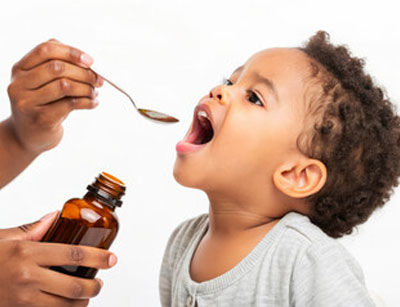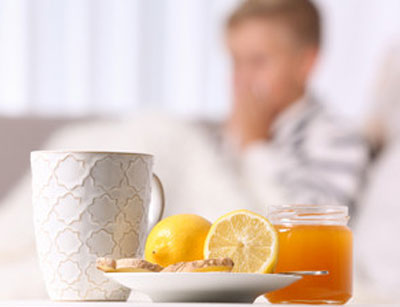
Home remedies are widely utilized across various ethnic and cultural backgrounds worldwide. These remedies may contain herbs, minerals, metals, or animal products. Some home remedies incorporate lead and other heavy metals as they are believed to aid certain health issues. The presence of lead and heavy metals in home remedies can occur during the grinding, coloring, packaging process, or due to growing in soil containing lead.
Lead can hurt your child or unborn baby making it hard for them to learn, pay attention, and behave.
It is impossible to determine if a home remedy contains lead just by appearance or taste. Some home remedies contain high levels of lead, meaning even small doses of these remedies can harm your child.
Home remedies are commonly combined with oil, juice, tea, baby formula, or honey. Family members or healers might offer these natural remedies to your child for stomach aches or other ailments. However, they may be unaware that these powders can contain lead, posing a danger. Lead exposure can be harmful to your child. In many cases, children with lead poisoning may not exhibit any visible symptoms. The only method to determine if your child has lead poisoning is through a specific blood test for lead.
Common Home Remedies that Contain Lead

- Greta and Azarcon (also known as Alarcon, Coral Luiga, Maria Luisa, or Rueda) are fine powders used in Latino cultures for upset stomach and other illnesses. The powders are often yellow, orange, and/or red. They have been found to contain up to 90% lead.
- Kohl and Surma are black powders used in South Asian and Middle Eastern cultures mainly as a cosmetic, but also on the navel of a newborn child as medicine to treat skin infections.
- Sindoor is an orange-red powder typically used by the Asian Indian community.
- Pay-loo-ah is a red powder used in Southeast Asian countries to treat children with rash or high fever.